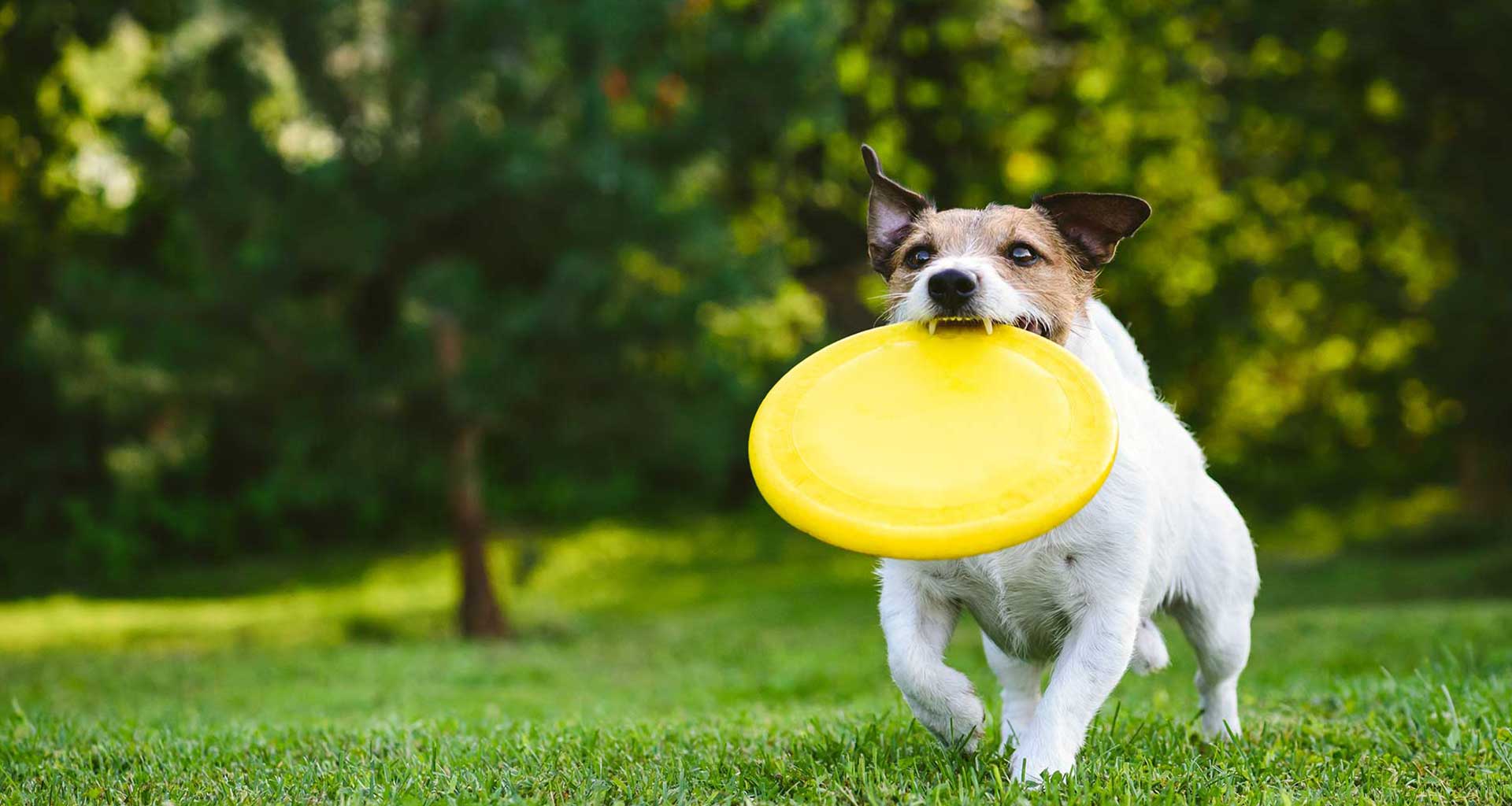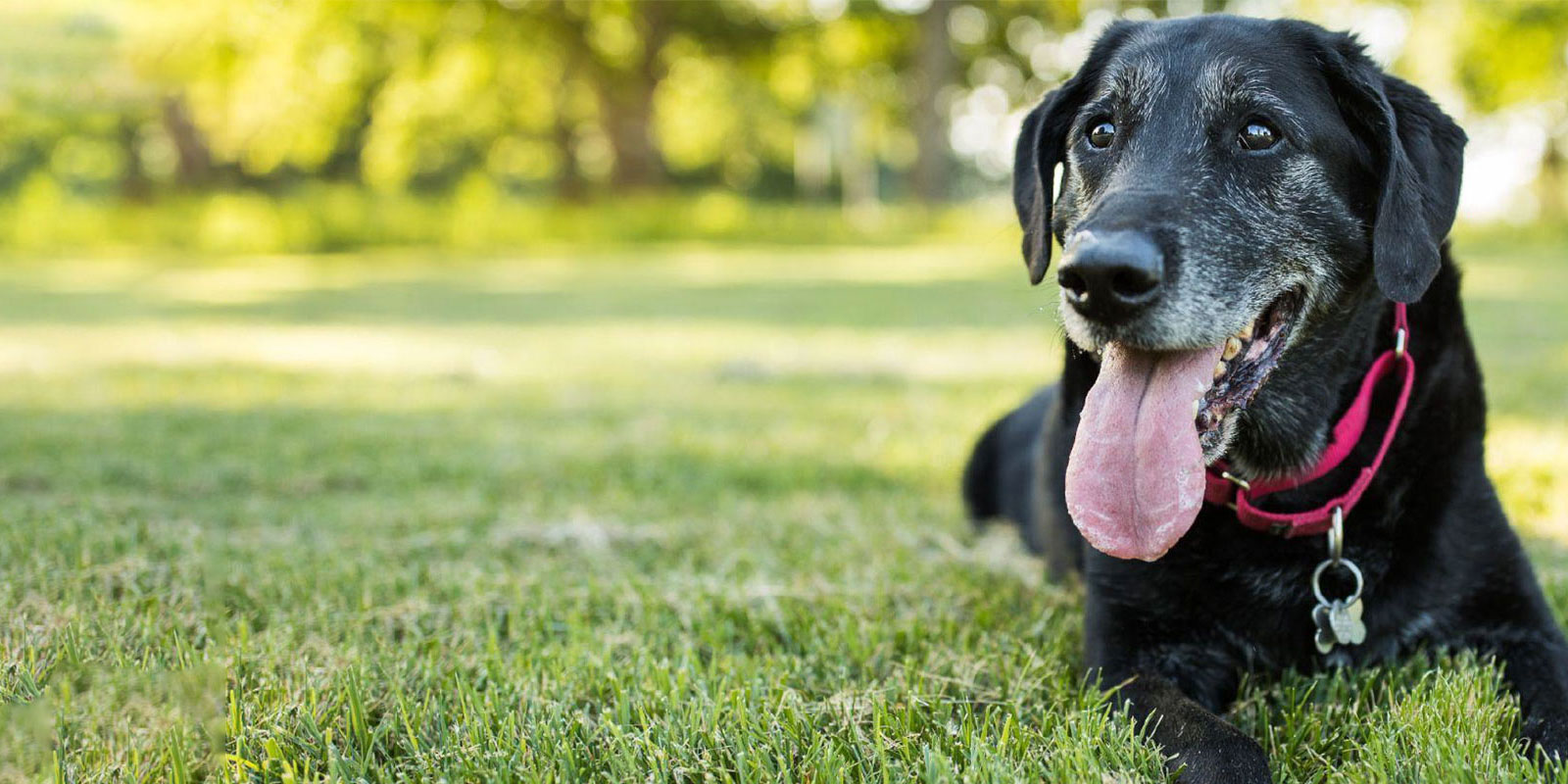Dogs and cats are full of energy and that energy needs to go somewhere, otherwise problem behaviours may start and your pet will become more prone to health issues. The great thing about exercising your pet is there are so many ways to do it. Dogs expend energy at the dog park being social and playing fetch. While cats use up energy playing ball and string, or figuring out a puzzle treat game. Even obedience training is a form of exercise. Exercise is fun for all the family and a great way to bond with your pet. How else does exercise benefit your pet?
Exercise keeps your pet fit
Coupled with a healthy diet, exercise is the best way to keep weight off your dog or cat – and helps you get fit too! Obesity can be a real problem in our pets and can lead to more medical issues, such as respiratory and joint problems. If your pet is obese, start exercise gently and track their weight – ask your vet for a weight-tracking chart.
Exercise keeps your pet healthy
A walk everyday goes a long way to helping your dog maintain a healthy digestive and circulatory system. Exercise helps to lower blood pressure and build up muscle. It’ll even help your pet have healthy bones. Walking also helps your dog to poo and wee so they’ll be less likely to get constipation or a urinary tract infection.
Exercise can prevent behavioural problems
Exercise stops your pet becoming bored. This is particularly true for dogs – if you leave them alone in the yard or house, and forget to take them out for a run or walk, frustration creeps in. This is when problem behaviours such as digging holes, chewing furniture and barking at the drop of a hat begin.
Exercise helps your pet be happy
Depression can sometimes affect dogs when they lose a companion or their routine changes with the introduction of a baby or moving house. A great way to get them out of their funk is to get out and exercise some more. Walks in particular are great for helping your dog’s mood – the exercise is great, but it’s the smells and being with you that really make their tail wag. Toys, puzzles and social activities also equal happy dogs and cats. It is also important to be safe while exercising with your pet. Keep your dog on a lead, only let them off lead in designated off leash areas and if your dog will respond to commands. Just getting your pet moving by doing some activity like ball chasing, hide and seek, chase and outside training. Just enjoy spending time together.
Get an exercise plan for your pet
Different breeds need different exercise, and so do senior pets, puppies and kittens. Your 15-year-old dog might still think it’s a puppy so it’s up to you to decrease the intensity of their exercise. Ask your vet what sort of exercise is best for your cat or dog; they can set you up with an exercise plan.


